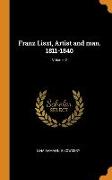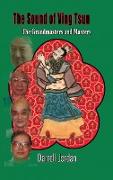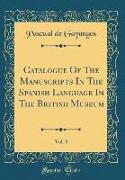More Walthamstow Houses and Their Interesting Associations (Classic Reprint)
BücherAngebote / Angebote:
Excerpt from More Walthamstow Houses and Their Interesting AssociationsAn intensive study of the old houses of Walthamstow brings out some interesting records of its famous people, and it is mainly from this point of view that I wrote this and the previous Monograph.Some one has said that a house has a history as enthralling as that of an individual. If an old house, it has a much longer existence, and it may be both beautiful and romantic, which an individual seldom is. I do not Claim that the old houses of Walthamstow can be classed among the stately homes of England, but I do claim that many of their residents have been among the best of our land, and that we should do well as good citizens to remember their worth. The Royal Commission on Historical Monuments dealt rather slightly with our Parish Church and our old houses, but even in that Report there is enough to show that there are houses still in situ that were built before 1715, and that their panelling, mould ings, and brickwork are uncommonly good. It will be found that most of the houses described in these two Monographs are either Georgian or early Victorian. No big houses have been raised in Walthamstow for the last eighty or ninety years, and most of the large old houses yet stand ing are used as educational institutions or as factories. If we glance back at 1762, when some of our great houses were being built, we find there were 301 houses, of which 204 were taxable and 97 were cottages. In 1796 there were 386 houses, and in 1801, when the first Census was taken, there were 528 houses with people. Walthamstow then was. Truly rural, and a pleasant resort for the wealthy merchants, bankers, and brewers of London. And Walthamstow kept this somewhat exclusive character till the Enclosure of the Commons in 1850, when some of the large estates were sold and smaller houses were built. Later, the coming of the Railway drove away most of the wealthy people, and then began the building of the houses in the neighbourhood of Hoe Street, St. James's Street, and Wood Street. Mr. Mackail, in his Life of Morris writes thus: The modern outgrowth of London has nowhere had more devastating effects than in Walthamstow proper, where the rows of flimsily built two-storied houses in all the_ hideousness of yellow brick and blue Slate, stretch gin a squalid sheet over the Lea Valley. This was written in 1896, and one wonders what Mr. Mackail would say of Walthamstow in this Year of Grace 1928, when the population is about and there is yet room for another who will probably come. This, however, is an economic question, with which I am not concerned. The houses I describe are only a few out of many, buti feel {sure that this bit of work is worth doing. I had a delightful letter from an old Walthamstow resident, who is now living in New Zealand, and who has named her Christchurch house Walthamstow Cottage. She has a quarter acre of land an orchard, and a flower garden, but her thoughts still turn fondly to Walthamstow in the dear Home and, where she was born in 1846, and where she remembers the mulberries, the blackberries, and the wealth of wild flowers. And another letter came from a lonely manse in Scotland, where the Rev. Mr. Mcleod told me of his great-grandfather, Joseph Trueman, who lived at Grosvenor House, and who failed in one of the great London smashes a century or so ago.About the PublisherForgotten Books publishes hundreds of thousands of rare and classic books. Find more at www.forgottenbooks.com
Folgt in ca. 10 Arbeitstagen




